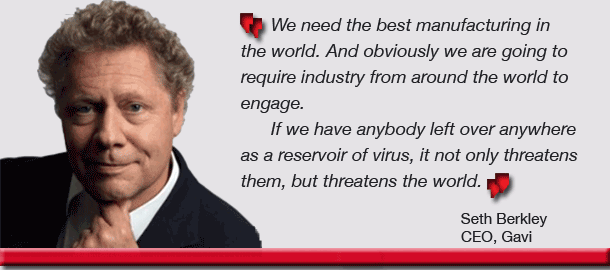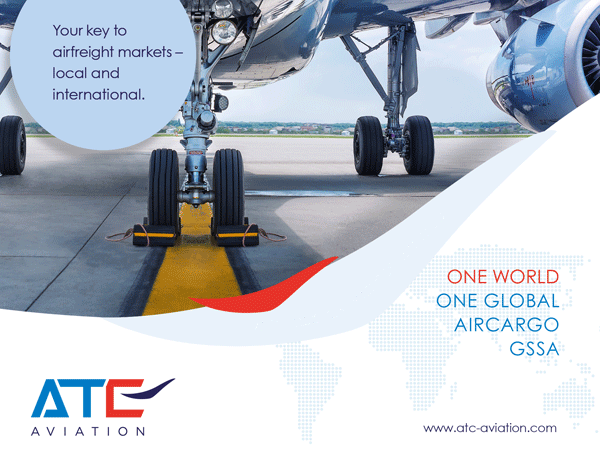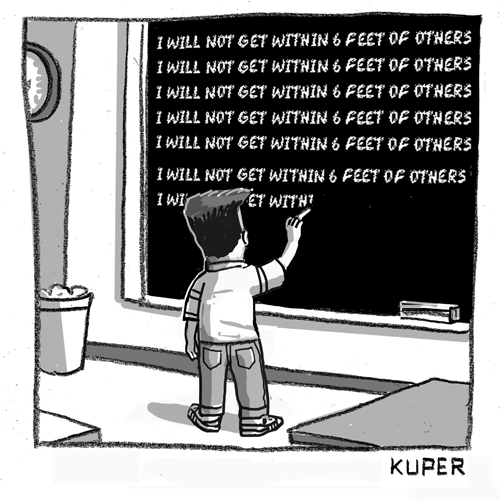|
Workers in the fields of life sciences
and transportation are laboring diligently to discover a COVID-19 vaccine
and researching the means of moving that vaccine to restore the balance
of normal life all over the world.
Voices Behind a Mask
The word from our pharma sources is that
“deadlines to save lives is uppermost as companies have committed
vast resources to develop not only serums but also to secure the vials
to carry the precious liquids to people everywhere.”
So, in terms of getting ready to carry relief
to billions in an extremely high-charged moment in time, the path to that
long-awaited shot in the arm comes into sharper focus.
The consensus is that it will require quite
a bit of work and broad cooperation from everybody in all disciplines
moving ahead.
Pharma Priority Right Now
“There are many steps leading up to
and advancing the distribution of a life-saving vaccine,” a pharma
source told FlyingTypers.
“First and foremost, we need the vaccine.
“But before that happens, the process
involves a lot of moving parts, including syringes, glass vials, stoppers,
and other needed components as we move toward delivering the antidote.
“The supply chain right now plays
a vital role in this effort.”
16 Billion Plus Doses Needed
Vast resources to find a vaccine for COVID-19
are being spent and receive most of the headlines, and heavyweights like
Pfizer are investing heavily across the board. Others, including Moderna,
are reportedly ‘betting the company’ on delivering a vaccine.
In total, nine companies are racing to find
a vaccine.
Pfizer Gets a Glass Company
With the knowledge that the world could
require more than 16 billion glass tubing vials and stoppers to carry
the serum around the world, in late May Pfizer signed a long-term agreement
with glass maker Corning Inc. to secure vast quantities of Valor Glass
vials.
Corning had received $204 million in U.S.
government funding to expand production a day after the U.S. awarded $143
million to privately-held SiO2 Materials Science to boost the production
of its vials and syringes.
In an interview with Reuters, Pfizer
said it is adding shifts to its plants, stockpiling its current drugs,
and shifting production of drugs to outside contractors to free up its
own manufacturing capacity to focus on the COVID-19 vaccine.
Delivering the Future World
Now as the day for reckoning approaches,
there are multiple teams across the world working on various forms of
vaccines. It is likely that more than one company will be successful in
developing the vaccine.
Manufacturing will come from different countries.
Likewise, the effort to immunize the global population.
For example, these words from Harvard
Business Review:
“Gavi, the Vaccine Alliance, has been
working since 2000 to address vaccine equity and helps vaccinate nearly
half of the world’s children.
“Over the last two decades it has
supported 496 vaccine programs in the 73 poorest countries and helped
supply them with 600 million vaccine doses every year.”
Coordination & Global Supply Chains
“Global coordination will be required,”
HBR said.
“At least for the first eight to twelve
months after the COVID-19 vaccine becomes available, it is likely that
there will be only a limited supply to meet global demand.
“Consequently, there needs to be a
global agreement on allocating stocks to countries around the world.”
The report also emphasized the importance
of establishing reliable supply chains.
The report ended by saying, “the time
to prepare for globally distributing a COVID-19 vaccine in a way that
is effective and equitable is now.”
 The
Good Doctor The
Good Doctor
Well-known spokesman for the CDC, Dr. Anthony
Fauci has said:
“Cost, distribution system, cold chain
requirements, and delivery of widespread coverage are all potential constriction
points in the eventual delivery of vaccines to individuals and communities.”
Extending Reach
Experts believe two doses of vaccine will
be needed. It is important to realize that the vaccine in a 2-dose delivery
will be produced over a period of time to serve 8 billion people in the
world.
Of vital importance will be those millions
of doses, delivered safely across the globe.
The challenge will be in all phases to shorten
the timeline for delivery as much as possible.
A vaccine needs the of reaching all corners
of the world in order to effectively combat the virus.
 |
A Global Solution Required
According to Seth Berkley, CEO of the aforementioned
vaccine alliance, Gavi:
“We have a global problem that requires
a global solution.
“The need here is the best science
in the world.
“We need the best manufacturing in
the world. And obviously we are going to require industry from around
the world to engage.
“If we have anybody left over anywhere
as a reservoir of virus, it not only threatens them, but threatens the
world.”
GAVI is working with distribution companies
such as UPS to come up with solutions and is also looking into drone technology
to deliver equipment.
Although there is some question as to how
this will play out, here in the U.S. President Trump has indicated under
Operation Warp Speed, the U.S. Department of Defense (DOD) is charged
with moving therapeutics and vaccine when that day arrives.
Military Takes Command?
In the U.S. that could mean activating the
Civil Reserve Air Fleet (CRAF).
Under the CRAF proviso, which could include
aircraft from several U.S. flags, UPS & FedEx and other integrators
are lined up to go all out in the delivery of vaccines and therapeutics.
In the case of UPS, Big Brown, we learn,
is at work expanding reefer capacity in Louisville and Venlo, Netherlands.
Indiana Growing More Than Corn
DHL, this summer, opened a giant reefer
masquerading as a warehouse that pharma dubs “a freezer farm”
in Indianapolis.
“The vaccine will not get to everywhere
at once,” a pharma source said.
“Our best estimates are that full
global delivery coverage could take up to a year and a half.
Cargo In Cabin Second Life?
While it can certainly be expected that
the passenger business will continue to return slowly, that comeback in
terms of timeline, sources say, could take as long as up to four years.
Interestingly the continuation of cargo
in cabin (CIC) flights once thought to be a short-term, distinctly cargo-invented
phenomenon (as in “what do we do when the PPE shipments dry up?”)
now looks like CIC will continue for at least another year, with consignments
increased to FAK or whatever can be safely strapped in.
Notable exception is Lufthansa, which according
to a source will no longer continue with CIC.
A Time for Greatness
Air cargo is entering into a defining moment.
Our industry will be remembered and measured by our ability to deliver
the biggest, most sought after consignments during this great global airlift.
Hey Friend, Do It Again
If history proves one thing, it is that
what happens once is oft repeated. It is that way in both war and peace.
The Berlin Airlift of 1948 taught the world
that an entire city population of two million-plus people could be supplied
with everything from milk to coal to diapers for an entire year solely
by air.
Prior to that, in 1942 The China India Burma
Hump flights moved AvGas, tires and ammunition from Assam, India, over
the Himalayas—the tallest mount range in the world—to Kunming,
China, to supply The Flying Tigers American AVG fighter pilots.
Those day-and-night flights running 24/7
in and out of Tempelhof, Berlin, and the Curtiss Commando C46 movements
to China against daunting odds inspired the formation of the modern air
cargo business. Post WWII, former military pilots and others started up
cargo airlines utilizing many of the same aircraft that had served in
both theaters. Now as the moment of truth approaches, we are again on
the doorstep of a mission that will surely see a concerned world turning
to air cargo to deliver a vaccine and hope across the world.
Imagine all those thousands of airplanes
neatly parked in and out of hangars and up and down taxiways springing
once more to life, answering the call.
Imagine the eyes and ears of millions of
people on earth looking skyward, inspired by this thing we call air cargo
and what that might mean to our industry in years ahead.
Hey friend, do it again!
Geoffrey
|






